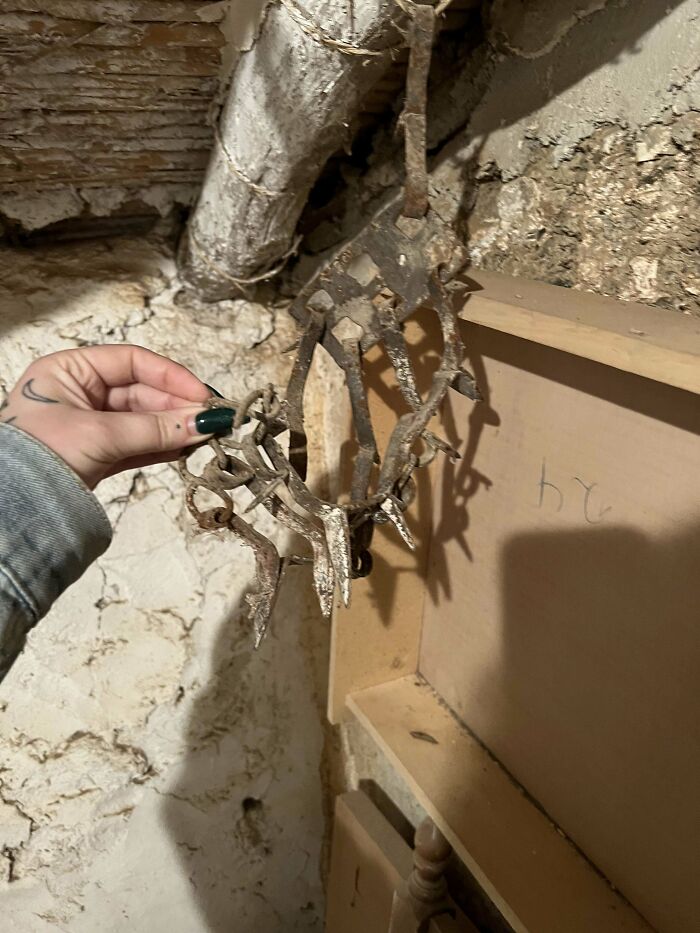We’ve all been there. You plan a delicious meal, only to find out that something went wrong with the food handling process. This time, your hubby left the frozen ham on the counter for five days, and now you’re understandably upset and wondering: “Is it still safe to use?” Well, before you consider salvaging the ham, let’s break down what happens to meat when it’s left out for extended periods and why food safety is essential.
Why Proper Meat Storage Matters

When it comes to meat like ham, proper storage is crucial to prevent foodborne illnesses. Leaving frozen ham—or any perishable food—out at room temperature for an extended period poses serious health risks. Why? Bacteria love warm environments, and once meat enters the “danger zone,” it becomes a breeding ground for harmful microorganisms.
Let’s dive deeper into the specific risks involved in leaving ham on the counter for five days.
Understanding the Temperature Danger Zone
One of the most critical aspects of food safety is keeping perishable items out of the “temperature danger zone.” The danger zone is the range between 40°F and 140°F, where bacteria multiply rapidly. Once ham—or any meat—has been in this temperature range for more than two hours, the risk of bacterial contamination skyrockets.
In this case, leaving ham on the counter for five days means it has spent well beyond the safe window. And here’s the bad news: no amount of cooking can fix it once bacteria and toxins have developed to dangerous levels.
The Risks of Bacterial Growth on Meat
Leaving meat at room temperature creates a perfect storm for bacterial growth. But what kind of bacteria are we talking about? Dangerous ones, like:
- Staphylococcus aureus
- Salmonella
- Escherichia coli (E. coli)
- Campylobacter
These bacteria can cause severe food poisoning, leading to symptoms like stomach cramps, nausea, vomiting, diarrhea, and fever. In some cases, foodborne illnesses can result in hospitalizations and, in rare instances, death. So, it’s safe to say that a ham left out for five days is no longer a meal; it’s a hazard.
Assessing the Safety of the Ham
Now, you might be tempted to think, “It doesn’t smell bad,” or “I’ll just cook it really well and kill off the bacteria.” Unfortunately, this is a risky mindset.
Here’s why cooking the ham won’t help:
- Bacterial toxins: Some bacteria, such as Staphylococcus aureus, produce toxins that are heat-resistant. Even if you cook the ham to a high temperature, these toxins won’t be destroyed.
- Invisible danger: Not all food that is unsafe will show visible signs of spoilage. Even if the ham looks and smells fine, harmful bacteria could be present, ready to make anyone who eats it seriously ill.
After five days on the counter, the best—and only—safe option is to throw it out. There’s no saving it at this point, and the risk to your health is just not worth it.
What Should You Do? Throw It Out!
You’re upset, and understandably so. But think of it this way: throwing out the ham now can save you and your family from a bout of painful food poisoning later. When food safety is in question, there’s a golden rule: When in doubt, throw it out!
Even if the ham looks pristine, bacteria don’t always give off tell-tale signs like an off smell or strange appearance. Don’t take the risk—your health is far more important than holding onto food that could harm you.
Preventive Measures to Avoid Future Food Safety Mishaps

This unfortunate situation can serve as a learning experience, not just for your hubby, but for everyone in the household. It’s time to sharpen those food safety skills and make sure this never happens again. Here’s what you can do:
1. Refrigerate Perishables Promptly
Always refrigerate or freeze perishable food within two hours of cooking or thawing. For best results, make sure your refrigerator is set below 40°F and your freezer is at 0°F or lower. These temperatures prevent harmful bacteria from growing.
2. Never Thaw Meat on the Counter
If you need to thaw frozen meat, use one of three safe methods:
- Refrigerator thawing: This is the safest way. Plan ahead, as it can take a day or more, depending on the size of the meat.
- Cold water thawing: Submerge the meat in cold water, changing the water every 30 minutes.
- Microwave thawing: Use the microwave’s defrost setting and cook the meat immediately afterward.
3. Label and Date Your Food

To prevent confusion and accidental spoilage, always label and date perishable items when you store them. This way, you can easily track how long they’ve been stored and use them before they go bad.
4. Educate the Whole Household
It’s important that everyone in the family, including your hubby, is on the same page about food safety. Teaching the proper ways to handle, store, and cook food can help avoid future mishaps like this one.
Conclusion: Prioritize Safety, Not Salvage
In conclusion, if your hubby left the ham on the counter for five days, it’s no longer safe to eat. The risks of bacterial contamination are too high, and even cooking won’t make the ham safe. While it’s frustrating, throwing the ham away is the only smart choice.
Use this experience to reinforce food safety practices, so you never find yourself in this situation again. Always remember, when it comes to perishable food, it’s better to be safe than sorry!





